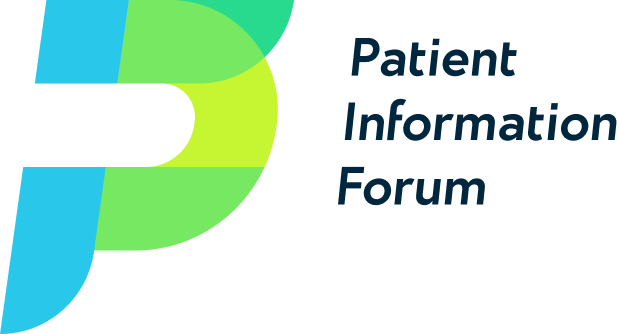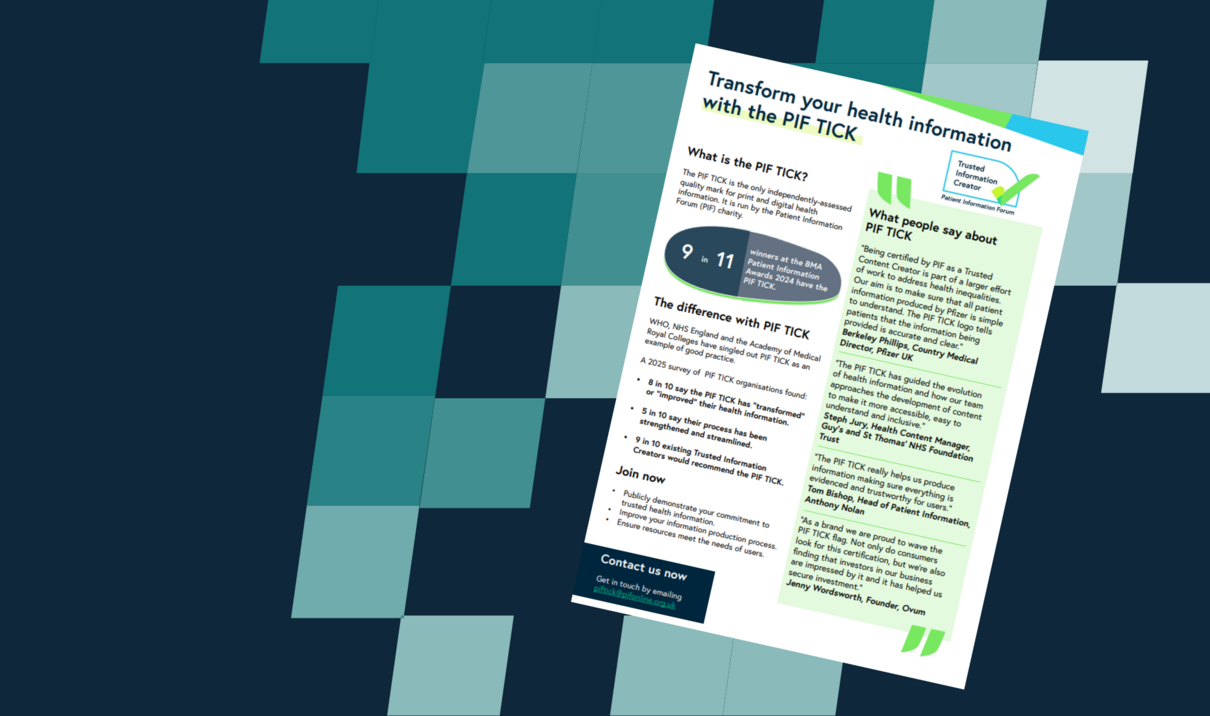
PIF TICK Certification
PIF TICK certification shows your information is produced to the highest possible standards, increasing public trust. Going through PIF TICK certification also improves and streamlines your production process. This lets you concentrate on what matters most – producing health information which is evidence-based, up-to-date and easy to use and understand.
The PIF TICK is unique. It is the only independently-assessed certification for both print and digital health information. To gain the PIF TICK and become a Trusted Information Creator you must show your information production process meets 10 key criteria.
Gaining, and retaining, the PIF TICK shows you are committed to producing trusted health information. It also helps improve how you are producing information. In a 2025 survey, Trusted Information Creators said their production process had been strengthened and streamlined by taking part in the PIF TICK assessment process.
The PIF TICK allows you to publicly demonstrate your commitment to trusted health information. We feature all certified creators on our public-facing PIF TICK website, social media channels and in our directory which is updated every six months.
Certification improves your information production process and ensures your resources meet the needs of users. In a 2025 survey, 8 in 10 Trusted Information Creators said PIF TICK certification had transformed or improved their health information production. Nine in 10 would recommend the scheme. PIF TICK members are encouraged to collaborate and share their expertise for the benefit of all. Want to know more? Check out our frequently asked questions page here.


